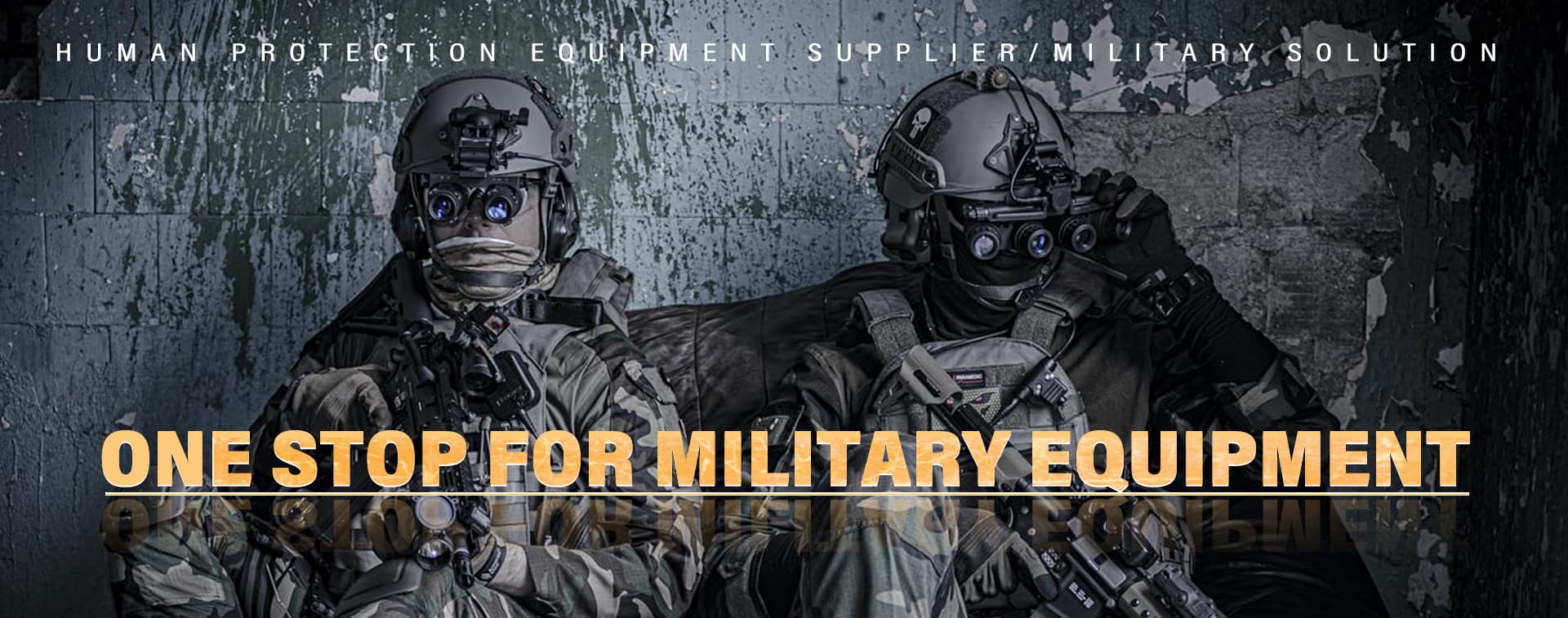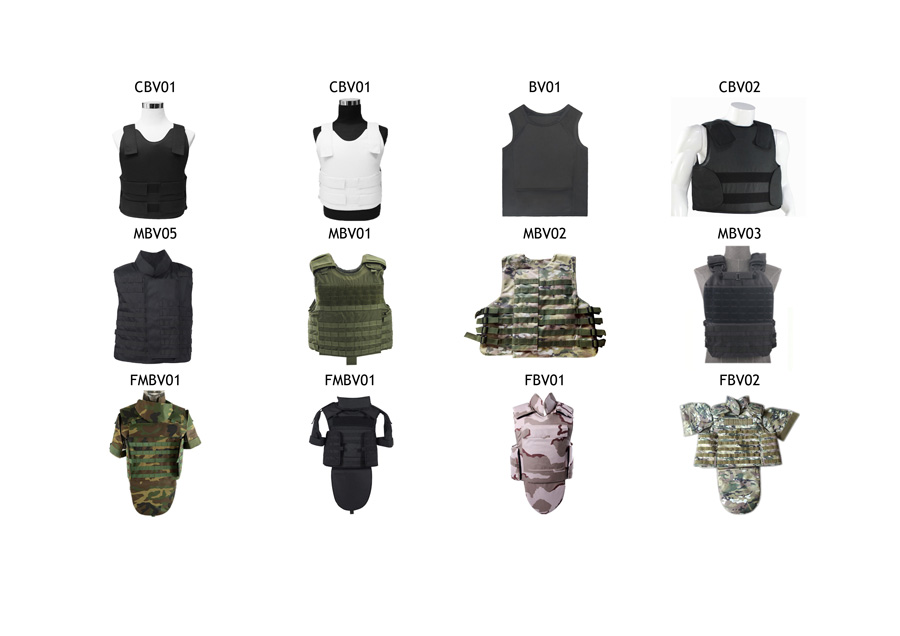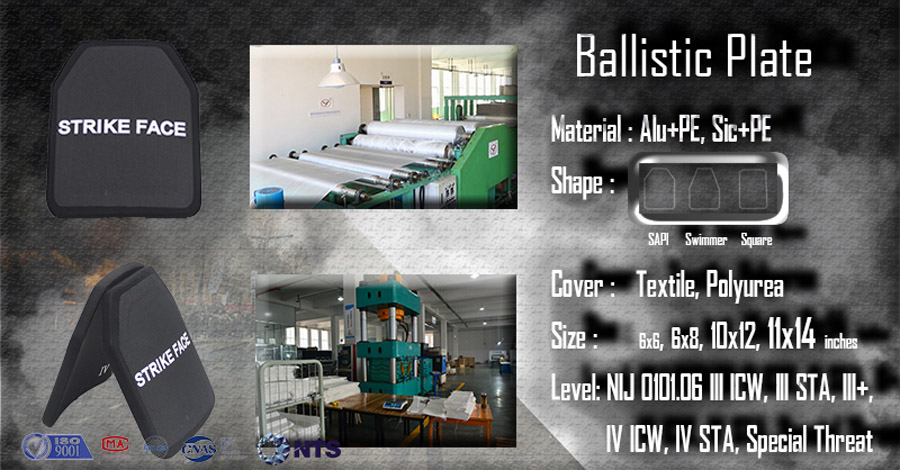
In a world with a rising number of firearms in circulation, the need for ballistic protection is always increasing. Whether you are a part of the military, law enforcement or a civilian, it is important to be protected against any active-shooter situations that may arise, and body armor provides this protection.

To choose the best body armor panel, there are many factors you need to consider. Level, Weight, flexibility and thickness play a major role in the decision, since the best body armor protects you while letting you do your job. From a buyer’s perspective, warranty and price are also extremely important when you want to make sure you're getting your money's worth.
Not all body armor is created equal, and there are various levels of threats they are made to protect against.


The thickness of a soft panel / hard plate is important for the concealability of a ballistic vest. The thicker and bulkier the vest is, the more obvious it is that a person is wearing it.
The weight of a ballistic panel is important. The lighter weight a panel has, the more options for additional load bearing equipment you have. Moreover, a lighter ballistic vest is generally more comfortable to wear. In order to compare the weight of different panels it is best to use a lbs/ft² (or kg/m²) calculation since not all panels have the same ballistic coverage. It would be unfair to use the total vest weights, as vests with a great 360 coverage could come out as “heavy” compared with vest that have no side protection.
The flexibility of a soft armor panel is a key feature. It increases the wearer’s comfort and is especially important for concealable body armor solutions. This is because flexible panels tend to follow body contours better.
Level IIIA – The heaviest soft body armor currently available is frequently worn by law enforcement and security professionals. The threats against which Level IIIA is rated are as follows:
Level III – This level also protects against most 7.62x39mm bullets (AK-47 ammunition) and commercial .223 Remington FMJ and JHP ammunition. This level is rated to protect against the following threats:
Level III+ – It offers more protection than regular Level III without becoming as heavy as Level IV. This degree of protection refers to armor that can withstand 5.56mm M855 and other small-caliber, high-velocity bullets, which can penetrate Level III armor. The NIJ doesn’t officially recognize level III+, so keep that in mind.
Level IV – These are the thickest and most dense, giving the best protection. Its purpose is to stop full-size rifle bullets from piercing the armor. This level guards against the following threats:

YF Protector is the source supplier of bulletproof helmet, vest, plate and shield with factory price and international military high quality.

The warranty is the period a body armor manufacturer guarantees its armor panel to keep its ballistic properties. An increased warranty greatly influences the cost per year (=price vest : warranty period) for a ballistic vest.
For example, A US$ 700 vest with a warranty of 5 years compared with a US$ 700 vest that has a warranty of 10 years is actually twice as expensive using a price per year calculation.
As the body armor industry strives to become more sustainable, the lifespan (and therefore warranty) of a ballistic panel also becomes more and more important. The higher the lifespan, the higher the sustainability of the product.
So, what exactly are these panels made of? A variety of ballistic materials go into the manufacture of body armor. These materials include aramid, UHMWPE, Kevlar, steel or ceramics.
Many panels use not only one of these materials, but combinations of them called ‘hybrids’, creating solutions that provide maximum protection with high flexibility and comfort. Manufacturers are always trying to find new compositions which will improve flexibility and reduce the weight of the panels.
The best level of body armor for you depends on your personal needs and wants. First, ask yourself, “Do I need protection against handguns, shotguns, rifles or all three?” Then ask yourself, “Do I also need to be protected from bladed weapons, Tasers, blunt-force trauma or all three?” Lastly, evaluate your expectations for this life-saving piece of equipment. Generally, the higher the protection level, the heavier and less concealable the armor. The best armor for you is the armor you’ll actually wear. With that in mind, it is highly beneficial to select the lightest option that will protect you from the threats you are most likely to encounter.
If you are like most of us and need protection from handguns as well as shotguns you’ll want to select body armor like level IIIA (which is great for threats all the way up to 12 gauge slugs!) Nowadays, most people are deciding to go with one of our most popular options, the IIIA, because it offers a great deal of protection while still being lightweight and easily concealable.
If you anticipate you’ll need to face a rifle-related threat, then you’ll want to get some heavy-duty gear. For this type of protection, you can select NIJ III and IV. This type of armor will be much heavier and less concealable than the majority of soft armor, but the tradeoff is a much higher level of protection.

